Grant Watches Us Watch the Assault on Fort Donelson
I recently came across this 1862 Currier & Ives print of “The Storming of Fort Donelson, Tenn., Feb. 15th, 1862.” I could not help but notice how Ulysses S. Grant is not overseeing the attack. Instead, he’s looking straight at you and me. He makes eye contact with us, and then it’s as if his sword is directing us to look back into the picture.
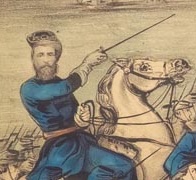 Look closer at his face: it looks almost expressionless. Maybe he doesn’t realize—Hey, there’s a big attack going on there right next to you, pal!
Look closer at his face: it looks almost expressionless. Maybe he doesn’t realize—Hey, there’s a big attack going on there right next to you, pal!
The caption reads:
“The attack on the Fort commenced on Tuesday Feb. 13th and was continued with varying success, until Saturday, when Genl. Grant ordered a charge up the steep-hill, on which was the outer redoubt; our troops gained the high breastworks and with hardly a pause, went over them, driving the Rebels back and planting the Stars and Stripes on the embankment. When night came, the Union-troops were victorious at every point, and the next morning the Fort was unconditionally surrendered. The Loyal West has reason to be forever proud of her Valiant Sons, who fought this three days fight.”
There’s a lot going on in the image, but you can’t help but be drawn to Grant. We read from left to right, and he’s the most prominent image on the left side of the page. He sword directs our eyeflow back into the picture.
The Grant likeness looks almost like it was airbrushed on, lifted straight from a photo of Grant as brigadier general taken in September 1861:
That image was, in turn, converted into an engraving. His eyes get a little more doleful and his shoulder adornments get band-box fancier.
While down in that rabbit hole, I also found an 1982 engraving by John Chester Buttre that takes Grant’s squared-off beard and replaces it with one of the Confederate beards used on the set of the movie Gettysburg:
But wait! Having gone this far down the rabbit hole, I might as well cross all the way into Wonderland. How about this image of Grant with an extraordinarily large head, riding an undersized horse?
Honestly, Grant’s nose looks a lot like John McClernand’s in that big-head image, but McClernand was actually getting beaten at that point in the battle and it was C. F. Smith’s division making the charge. Besides, in the image, we can see McClernand sitting nearby, looking on disapprovingly, either because his men got pushed back or because the bill of his kepi is bent upwards. Big-head Grant, meanwhile, is once again looking at us. Pay attention to that battle, dude!
Despite these strange and somewhat disconcerting images, a number of better images do exist showing this same charge and/or Grant and Donelson. My favorite is an image painted by Paul Philippoteaux of Gettysburg Cyclorama fame that hangs in the library in Lowell Massachusetts. (You can read more about that image in a 2012 post I wrote, “Ulysses S. Grant’s Long Road from Donelson to Lowell.”) I like it so much a copy hangs in my office at work.
All this to remind us that the man who became nationally famous as “Unconditional Surrender” became the subject of art that both memorialized and honored him while also transforming him further into something beyond his real self. It’s something we still do to this day with our Civil War heroes.
And while some of them certainly had bigger heads than others, we should always do our best to try and remember them as they really were.
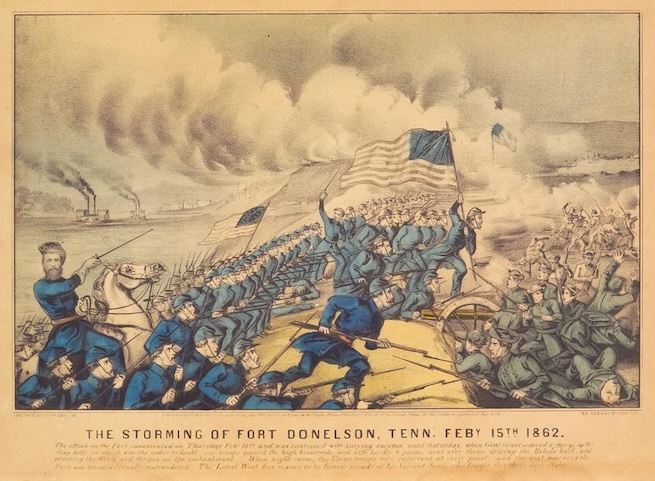
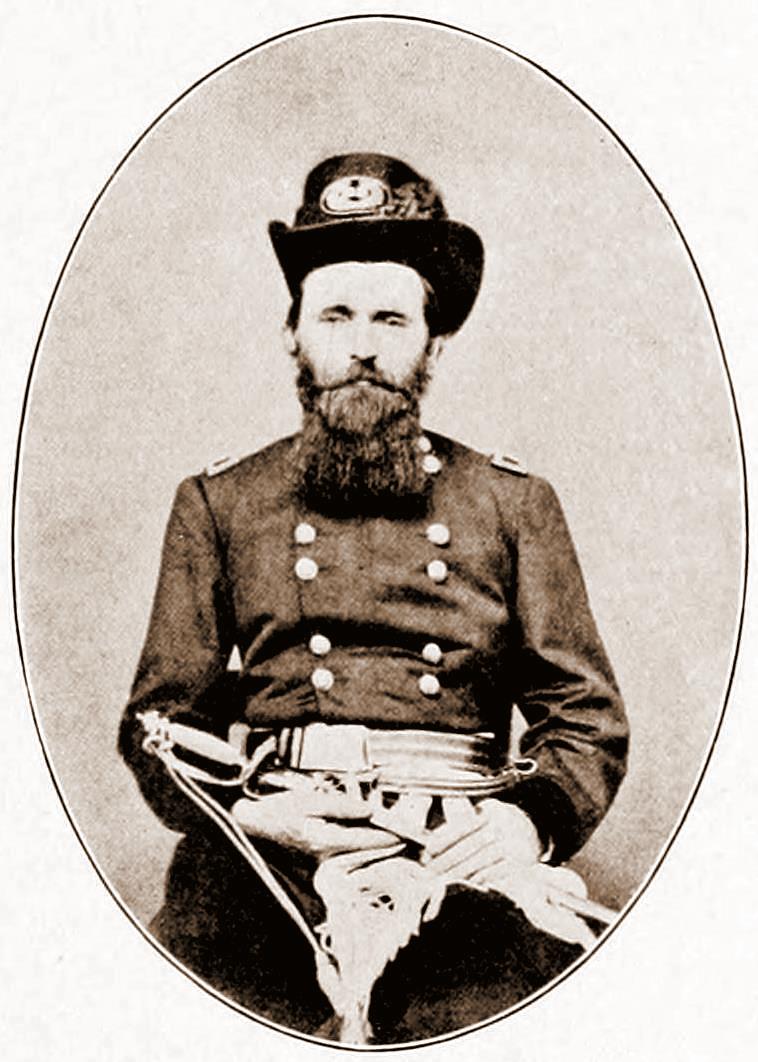
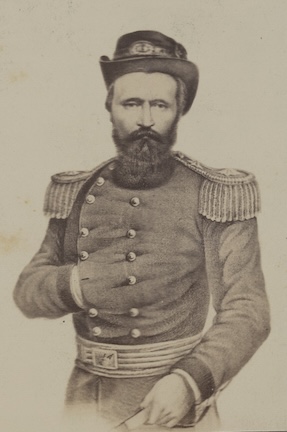

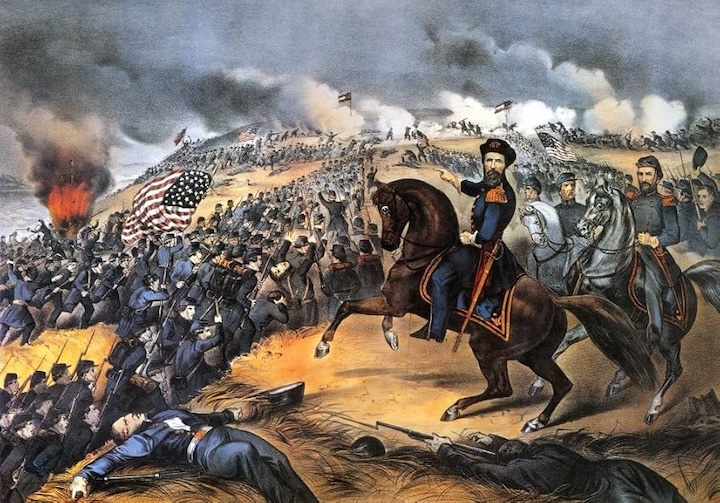

I have to resurrect something from the days of dial-up modems: ROTFL!
That is freaky as frick. Seriously, C&I?
https://springfieldmuseums.org/collections/item/the-storming-of-fort-donelson-tenn-feby-15th-1862-currier-ives/